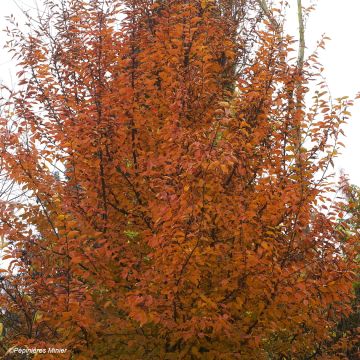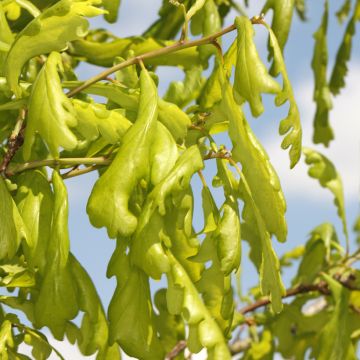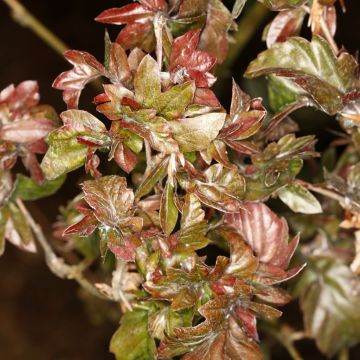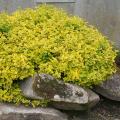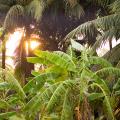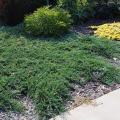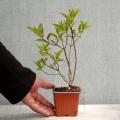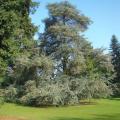Bushes and Shrubs with Marcescent Foliage
Would this plant suit my garden? Set up your Plantfit profile →
Available in 5 sizes
Available in 5 sizes
Available in 0 sizes
Available in 0 sizes
Available in 1 sizes
Available in 5 sizes
Available in 4 sizes
Available in 2 sizes
Available in 1 sizes
Available in 3 sizes
Available in 1 sizes
Available in 2 sizes
Available in 1 sizes
Available in 1 sizes
Available in 1 sizes
Available in 3 sizes
Available in 1 sizes
Available in 1 sizes
Available in 1 sizes
Available in 1 sizes
Available in 1 sizes
Available in 1 sizes
Available in 1 sizes
Available in 1 sizes
Available in 1 sizes
Available in 1 sizes
Available in 1 sizes
Available in 1 sizes
Available in 1 sizes
Available in 1 sizes
Available in 1 sizes
Available in 1 sizes
Available in 1 sizes
Available in 1 sizes
Available in 2 sizes
Available in 2 sizes
Available in 1 sizes
Available in 1 sizes
Available in 1 sizes
Available in 1 sizes
Available in 1 sizes
Available in 1 sizes
Available in 1 sizes
Available in 1 sizes
Available in 1 sizes
Available in 1 sizes
Available in 1 sizes
Available in 1 sizes
Available in 1 sizes
Deciduous trees and shrubs, such as the Common Beech (Fagus sylvatica), are marcescent and retain their dead leaves during winter. They remain attached and persist on the branches until spring. The Pedunculate Oak (Quercus robur), with its tough foliage, is another marcescent species. It is a majestic shade tree suitable for large gardens. The Common Hornbeam (Carpinus betulus), on the other hand, is appreciated for its finely toothed leaves and its ability to form dense, evergreen hedges.
Deciduous trees and shrubs with marcescent foliage remain decorative in autumn and winter, their foliage providing interesting texture and colour in the landscape. The Common Beech (Fagus sylvatica), which can reach a height of 30m, bears oval leaves that are bright green in summer and turn coppery in autumn. It is used to create tall hedges and is planted in parks and large gardens. There are several varieties of beech available, with varying sizes and habits, and variegated foliage... The Pedunculate Oak (Quercus robur), famous for its longevity, can reach a height of 40m. Its lobed leaves, dark green in summer, turn light brown in autumn and persist until early spring. This tree has also produced some interesting cultivars such as 'Fastigiata' with a narrow and upright habit. The Hornbeam (Carpinus betulus) and its colourful varieties like 'Orange Retz', with finely toothed orange foliage, are commonly used for hedges or topiaries. Discover them on these pages.
Haven't found what you were looking for?



































